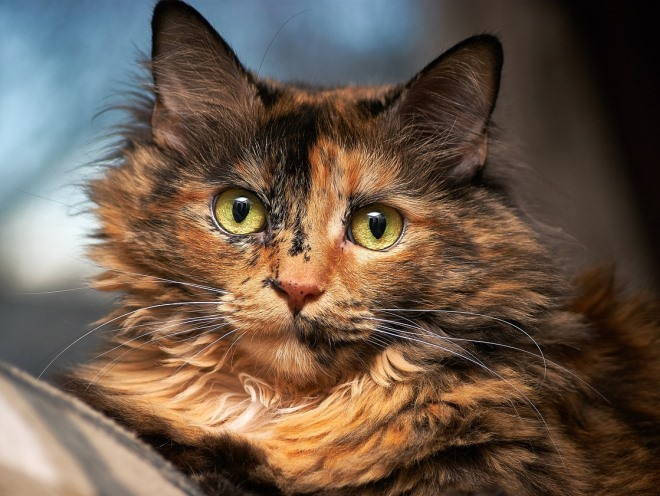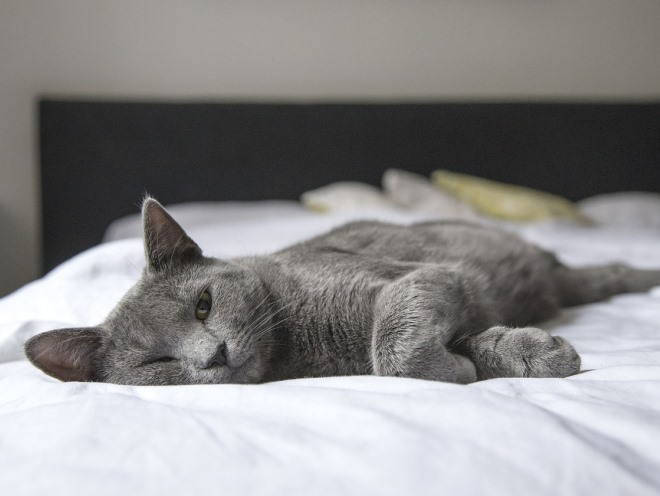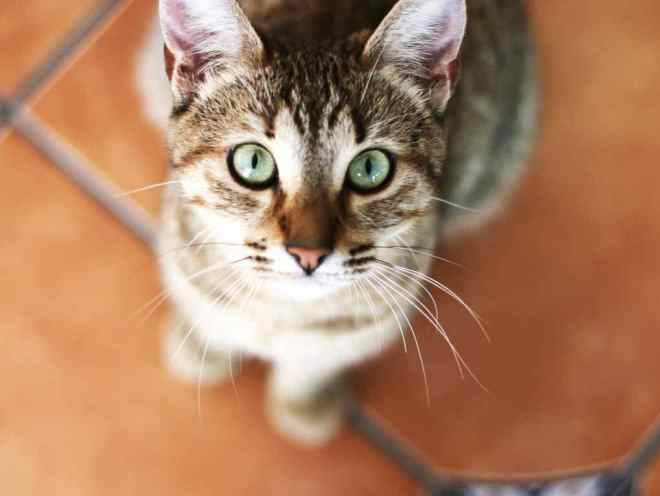Hematoma can be tried to remove if in the first 48 hours after the injury to make a cold compress, and after the swelling subsides – switch to a warm. But by no means should lymphoextravasate be treated in this way, it will lead to complications.

Treatment of otitis media in cats
One of the most common diseases in cats is otitis media. In pets, otitis media does not occur because of a "sore throat" like it does in humans. Therefore, it is necessary to understand what causes this disease.
Otitis media is a group of diseases that unites diseases associated with inflammatory processes in the ears. Depending on the course of the disease, they are acute and chronic. The ear is divided into three parts – outer, middle and inner. And depending on where the inflammatory process develops, the disease is:
1) External form – localized in the superficial parts of the ear. It is easily cured.
2) Medium form – descends into the lower parts of the ear, affecting the eardrum. Timely treatment ensures a favorable outcome, otherwise it can take a chronic form.
3) The internal form – extends to the eardrum and beyond. The severe form of the disease with purulent lesions, without treatment leads to hearing loss, meningitis and sepsis.
Causes of the disease
Like any other disease, otitis media has its own causes:
a) parasites – insect products cause irritation and inflammation of the ear;
b) foreign bodies – gets in during games and walks in the grass, and it can also be water from bathing;
c) skin atopy – this is a chronic disease caused by allergies or hereditary predisposition.
Most often, otitis media is caused by parasites and improper nutrition, as well as improper care of the owner of the pet's ears.
Characteristic symptoms
Cat ear disease manifests itself first of all by a change in behavior. You should observe the cat and if it repeats constantly, it means that there is something wrong with the cat:
- Tilts its head sideways all the time;
- Shakes its head;
- jerks its ears sharply, as if splashed with water;
- rubs his ear with his paw often and suddenly;
- presses his head against upholstered furniture or carpet;
- does not let me touch my ears, runs away when stroking my head;
- scratches ears often and strongly, with bruises
- loses its orientation in space; when walking, the cat is constantly led to the side.
If this behavior is noticed in the cat, the inside of the ears should be carefully examined. There may be redness and sores in the ears, light or dark colored discharge, dirt in the form of dark crumbs, bloating and swelling. There may be a foul odor coming from the sore ear and a squelch-like sound when lightly pressing on the base of the ear.

If you notice that the cat's ear itches or hurts, and it is anxious, any discharge and changes inside the ear, the question arises – what to do and how to treat. There are many ointments, drops and lotions, but without clarifying the diagnosis they can not be used. If one disease they can cure, in another case, you can hurt and waste time.
If the cat's ear hurts, then find out what to treat at home should be a qualified specialist after a number of examinations.
Types of ear disease

Otodectosis .
Another name is ear scabies. This disease is contagious, quickly transmitted from one animal to another. The mite invades the skin, feeding on blood and lymph. Its products are dark brown in color. It looks like there are a lot of sticky crumbs in the ear. Otodectosis begins on the outer ear and then goes deeper. Without treatment, it causes complications such as otitis media.
Simply cleaning the ears is not enough to get rid of the mite. Every day after cleaning it is necessary to put in special drops. After 7-10 days the mite will die, symptoms will be eliminated and treatment can be stopped.
Otitis
This is an inflammatory process which may develop due to several reasons: as a complication of untreated otodectasis, after getting water or a foreign body into the ear, due to drafts. Infections, injuries, and neoplasms can also be causes of otitis media.
With otitis, cats often have a fever and loss of appetite. If ear diseases are complicated in cats by otitis media, it is necessary to contact a veterinary clinic for consultation and prescription of treatment as soon as possible.
Ulcers
Ulcers on the inside of the ear are caused by fungal infections. They look like multiple blisters that burst when scratched. The fluid they contain begins to leak out and causes irritation. The animal itches even more, and after a while the entire inner surface of the ear is covered with sooty crusts. Any feline infection that causes sores is transmitted from one animal to another.
Before visiting a doctor, you should blot the sores with a dry sterile bandage, and sprinkle with streptocide powder. The sores will go away only after a course of antibacterial or antiviral therapy.
Dermatitis .
These are also ulcers, but the main cause is an allergy to food, pet care products or medications. If you identify the exact cause and remove the allergen, the dermatitis will go away on its own. In some cases, sores must be treated with streptocide for several days until they are completely dry.






